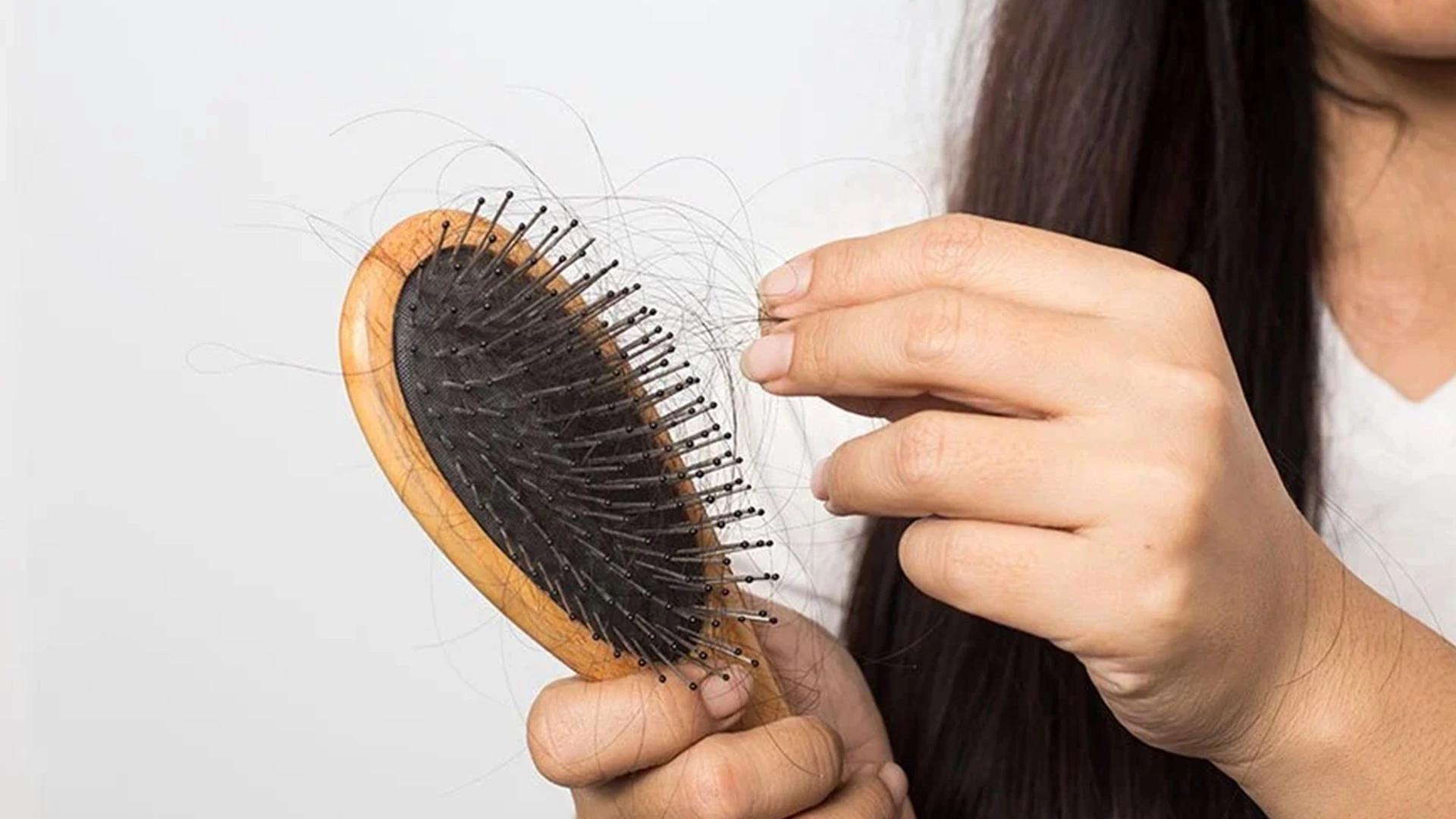Once you've achieved beautifully detangled curls, you'll want to keep them that way for as long as possible. The secret lies in prevention rather than cure.
Sleep protection is crucial – invest in a silk or satin pillowcase, or wrap your curls in a silk scarf before bed. This reduces friction that can cause tangles whilst you sleep. Consider protective hairstyles like loose braids or a silk scrunchie to keep longer curls contained without causing dents or kinks.
Refresh your curls with a mixture of water and leave-in conditioner in a spray bottle. This keeps them hydrated and less likely to tangle, whilst also reviving your curl pattern. A few spritzes and gentle scrunching can extend your detangled curls for days between washes.
Frequently Asked Questions
What's the best detangling comb for curly hair?
The best detangling comb has wide-spaced teeth, smooth edges, and is made from materials that won't create static. Wood and seamless plastic are top choices. The specific spacing depends on your curl type – tighter curls need wider spacing.
Can I use a round comb for curly hair?
Round combs aren't ideal for detangling curly hair as they can disrupt your natural curl pattern and cause more tangles. Save round combs for styling with a blow dryer if you want to stretch your curls, but stick to wide-tooth combs for detangling.
How often should I detangle my curly hair?
This depends on your curl type and how quickly your hair tangles. Most people find detangling every 2-3 days works well, typically on wash days or when refreshing curls. Daily detangling is usually unnecessary and can cause breakage.
Is it better to detangle curly hair wet or dry?
Wet or damp hair is almost always better for detangling curls. Wet hair has more elasticity and slip, making it easier to work through tangles without breakage. If you must detangle dry hair, use a detangling spray first.
Final Thoughts
Detangling curly hair doesn't have to be a daily struggle. With the right tools, techniques, and a bit of patience, you can transform this potentially frustrating task into a relaxing part of your haircare routine. Remember that every curl pattern is unique, so don't be afraid to experiment with different combinations of tools and products until you find what works best for your hair.
The investment in proper detangling tools and techniques pays off not just in easier mornings, but in healthier, stronger curls that look and feel their best. Your curls have their own personality – learn to work with it rather than against it, and you'll discover that beautiful, tangle-free hair is absolutely within your reach.

 200ml
200ml Combo
Combo Combo
Combo 1N
1N